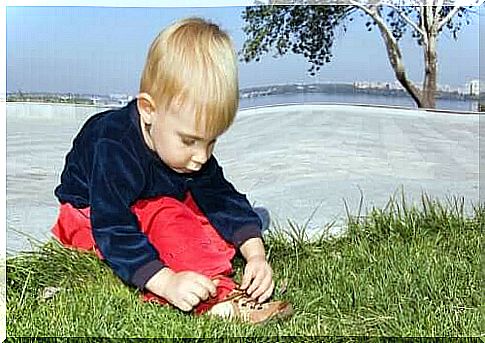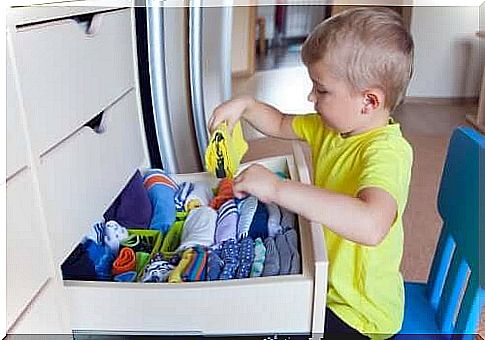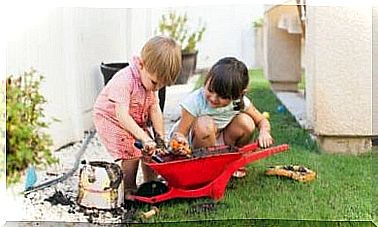Promoting Childhood Autonomy

What is it to be autonomous? How is this achieved? These and other questions are important when thinking about raising a child. After all, what or what are the roles of parents? Promoting autonomy in childhood requires, first, the conviction of its importance. Just as children do not arrive with a stork, autonomy does not appear by magic either.
Promotion of childhood autonomy
The construction of autonomy
Maite Vallet, in her book Educar a Niños y Niñas de 0 to 6 anos ( Educating boys and girls from 0 to 6 years , in free translation) indicates that “if at every stage of life we teach boys and girls whatever they are. prepared to learn, they will feel willing to learn and will love to do it ”.

The underlying question is whether we, as parents or reference adults, are prepared for this, as autonomy undoubtedly also involves the possibility of starting to decide progressively and according to possibilities.
We then mentioned the “progressive autonomy”
A lot is said about this theme of facilitating the promotion of autonomy in childhood. In this sense, just as we do not let a child take a bus without proper preparation, autonomy is not achieved overnight, but sequentially and gradually, in addition to some advances and setbacks.
Maite Vallet, also, in other of her books called Cómo educar a mi hijo during su niñez (6 to 12 years old) ( How to educate my child during his childhood (6 to 12 years) , in free translation), establishes that between 6 and 12 years of age, the following activities can promote autonomy in childhood:
- Organize the child’s time: daily activities, study time and free time.
- Build the child’s personal space: her bedroom, for example. This involves keeping it in good condition.
Simple? Complicated?
Sabrina Viola, academic at Torcuato di Tella University, in Argentina, highlights that the adoption of the International Convention on the Rights of the Child, CRC, certainly represents a paradigm shift in the conception of childhood and adolescence and, therefore, in the way of thinking the promotion of autonomy in childhood.

Thus, the researcher highlights that article 5 of the CRC makes a special reference to the theme of progressive autonomy by establishing that legal representatives must provide the child with direction and guidance so that they can exercise their rights in line with the evolution of their faculties.
To finish the theme of promoting autonomy in childhood
The CDC, in its article 12, determines that:
- “States Parties shall ensure that the child is in a position to formulate his own views the right to express his views freely on all matters relating to him, and such views shall be considered, depending on the child’s age and maturity. “ .
- “For this, the child must have the opportunity to be heard in all judicial or administrative proceedings that affect him, either directly or through a representative or an appropriate body, in accordance with the procedural rules of national law” .
Finally, as you can see, the world of girls, boys and adolescents is, in a way, complex due to the multiplicity of variables that interfere and, as such, requires new and better approaches that address, in each of them, the respect for personal times.









